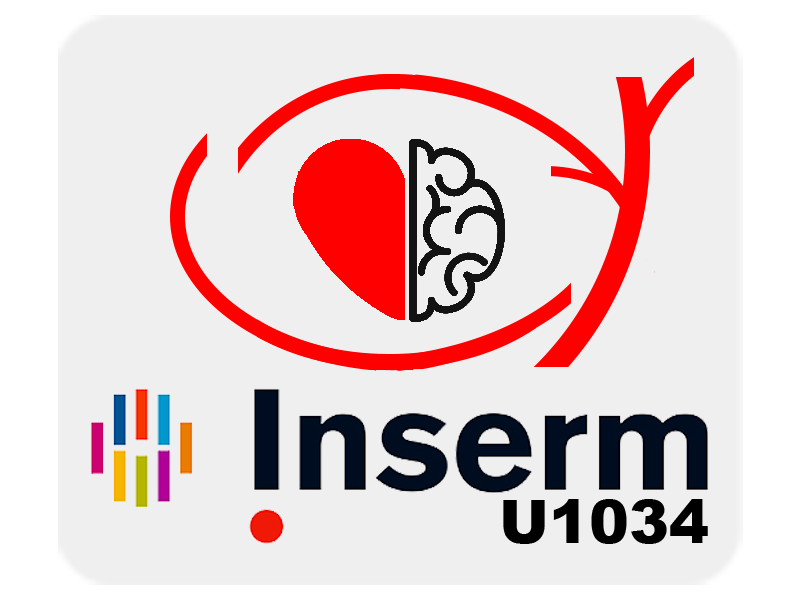Effect of opioid-free anaesthesia on postoperative epidural ropivacaine requirement after thoracic surgery: A retrospective unmatched case-control study
Résumé
Introduction: Patients undergoing thoracic surgery are at risk of severe postoperative pain. Post-thoracotomy pain relief is usually provided with thoracic epidural analgesia (TEA). Intraoperative use of opioids may result in hyperalgesia and increase analgesics consumption. We investigated the effect of opioid-free anaesthesia (OFA) on epidural ropivacaine requirement after thoracotomy.
Methods: This retrospective study compared postoperative epidural ropivacaine requirement of patients undergoing open thoracotomy and receiving either opioid-based anaesthesia (OBA group) or a non-opioid regimen including clonidine, ketamine and lidocaine (OFA group). All patients received postoperative multimodal analgesia including both epidural analgesia and intravenous analgesics. The primary outcome was the cumulative first 48 postoperative hours epidural ropivacaine consumption. Secondary outcomes included postoperative pain scores, requirement for postoperative morphine titration, total opioid analgesics consumption within the first 48 postoperative hours, incidence of nausea and vomiting, intraoperative haemodynamic.
Results: From January 2015 to February 2018, 50 patients received an OBA and 25 received an OFA. The cumulative first 48 postoperative hours epidural ropivacaine consumption was significantly higher in the OBA-group (919 ± 311 mg versus 693 ± 270 mg, P = 0.002). Numerical Rating Scale at 6 and 24 h were significantly lower in the OFA-group (1[0-2] versus 3 [1-5], P = 0.0005 and 1[0-2] versus 3.5 [1-5], P = 0.001). In post-anaesthesia care unit, the proportion of patients requiring morphine was significantly higher in the OBA-group (42% versus 4%, P < 0.001). During anaesthesia, the OBA-group required more vasopressor support, while there were more hypertensive events in the OFA-group.
Conclusion: OFA might reduce ropivacaine consumption, early postoperative pain scores and requirement for morphine titration after thoracotomy.
Origine : Fichiers produits par l'(les) auteur(s)





